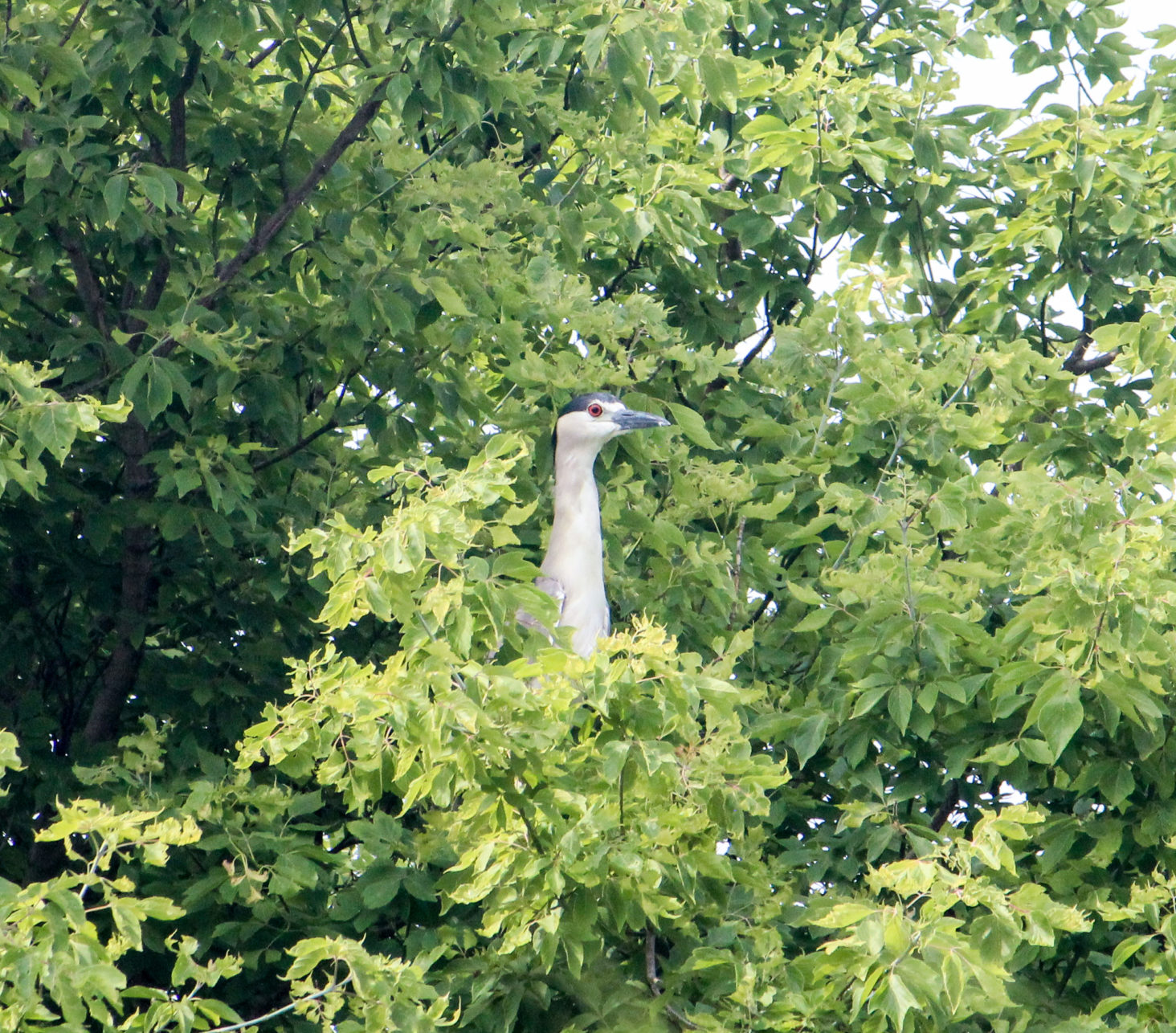


As its name might imply, Big Marsh’s extensive urban wetland is a wonderful place for seeking water-loving birds including familiar species like Great Blue Herons, Great Egrets and Mallards, as well as lesser-known and highly secretive marsh birds like Virginia Rail, Least Bittern and Common Gallinule. A mix of other habitats such as patches of woodland and savanna help the park attract 150+ bird species throughout the year.
Among its other animal inhabitants, the park is home to turtles, white-tailed deer, beavers, muskrats and coyotes.
Historically, the entire region around Big Marsh and nearby Lake Calumet have been tremendously important for wildlife, especially marsh birds, shorebirds, ducks and geese, both as a breeding area and a site for birds to rest and refuel during migration. However, in the last 200 years, urban development and industry transformed the region and with the corresponding losses of habitat and habitat quality, we lost many of our Calumet birds. Fortunately, birds can and will recover if we focus on providing what they need to thrive. In the Calumet area, public land managers have led habitat restoration efforts that enhance habitat for breeding and migrating birds by managing water levels, removing invasive plants and planting native plants.
Since 2015, Audubon Great Lakes has led an annual Calumet Marsh Bird Survey, which functions similarly to a census, with volunteer bird counters leading surveys. The purpose of the survey effort is to determine how breeding marsh birds at Big Marsh and other Calumet wetland sites have responded to habitat restoration efforts. Survey results show us that several marsh bird species are making a comeback at Big Marsh, thanks to major investments by the Chicago Park District to revitalize the park’s wetland habitats. We are seeing similar results at neighboring wetlands too. With these investments in restoration, birders and wildlife viewers alike have benefitted from the increased bird life. The creation of designated trails, viewing areas and parking at Big Marsh have also helped more birders gain improved access to the site. In addition, local birding organizations are offering regular guided bird walks to help birders of all skill levels experience Big Marsh.
If you’d like to learn more about birds at Big Marsh, you can check out Big Marsh’s Hotspot profile on eBird, which is a community science network for birders, and learn about upcoming bird walks with Chicago Audubon Society, Chicago Ornithological Society or Thorn Creek Audubon Society.You can also find out more about the Audubon Great Lakes Calumet Marsh Bird Survey and how you can get involved by visiting the Audubon Great Lakes website.
Friends of Big Marsh wishes to thank Stephanie Bielke of Audubon Great Lakes for contributing this excellent introduction to birding at Big Marsh Park!